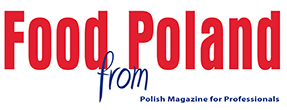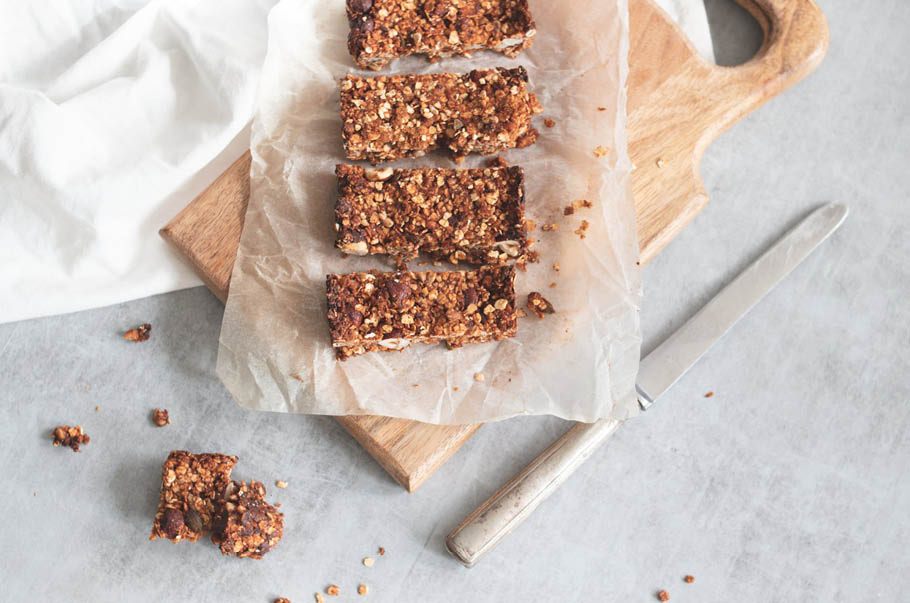Naturalness and simplicity remain important pillars of innovation in children’s snack bars since parental concerns over their healthfulness are strong. For example, more than half of French and Spanish consumers who have children say that snack bars are too processed. One popular strategy to win consumer trust is to avoid ‘anything artificial’ and allergens such as wheat and dairy. Analysing global snack bar launches between September 2014 and August 2019, data from Mintel’s Global New Products Database shows that the share of global snack bar launches targeting children and which featured ‘no additives/preservatives’ claims increased from 26% to 43%, while gluten-free launches grew from 12% to 23%.
To respond to a variety of consumer needs, free-from claims are increasingly being coupled with ‘real ingredients’, ‘clean labels’ and processing techniques with a ‘clean’ image. A good example is Macro Wholefoods Market Mighty Bites Cheeky Cocoa Crunch Flavoured Balls from Australia which are naturally sweetened with fruit and contain no added sugars, gluten, dairy, eggs, artificial colours, flavours or preservatives.
Sugar is another ingredient on the clean label chopping block
The war on sugar continues to intensify, impacting consumer appetite for sugary food and drinks. In the UK, for example, as many as 43% of parents of children aged 7-15 are concerned about their children having too much sugar in their diets. Therefore, consumers expect that children’s snack bars should better align with their own sugar reduction goals. Although brands have been adopting no added/low sugar claims, Mintel’s Global New Products Database reveals that the average sugar content in global snack bar launches targeting children only saw a slight decrease between September 2014 and August 2019.
Adding value with fortified/functional claims
Beyond ‘cleaning up’ ingredient statements, kid-friendly snack bar brands are also embracing fortified/functional claims to connect with nutrition-minded parents. These, for example, have included ‘added calcium’ and ‘high/added protein’ positionings, as seen in the example of RXBAR Kids PB&J Protein Bars from the US. Each bar is made with two egg whites, eight peanuts, one date and ‘no bad stuff’. .
A brain health platform provides children’s snack bars with another window of opportunity. As illustrated by the Brainiac yogurt brand, there is specific potential to innovate with omega-3 DHA, omega-3 ALA and choline. A good example in the snack bar space is the SmartyGrow DHA Bar containing a combination of nuts, seeds, berries and puffed grains with a hint of natural lemon flavour to create a tasty treat packed with the benefits of omega-3 fatty acids.
Mintel recommends
To win more trust among health-minded parents, snack bars targeting children need to boost their innovation potential by avoiding unnatural and unnecessary ingredients, including common allergens. Reducing the total sugar content is another key area for action. Brands should also be encouraged to adopt a functional approach, paying special attention to opportunities in the brain health space.
About Mintel
Mintel is the expert in what consumers want and why. As the world’s leading market intelligence agency, our analysis of consumers, markets, new products and competitive landscapes provides a unique perspective on global and local economies. Since 1972, our predictive analytics and expert recommendations have enabled our clients to make better business decisions faster. Our purpose is to help businesses and people grow. To find out how we do that, visit mintel.com.












